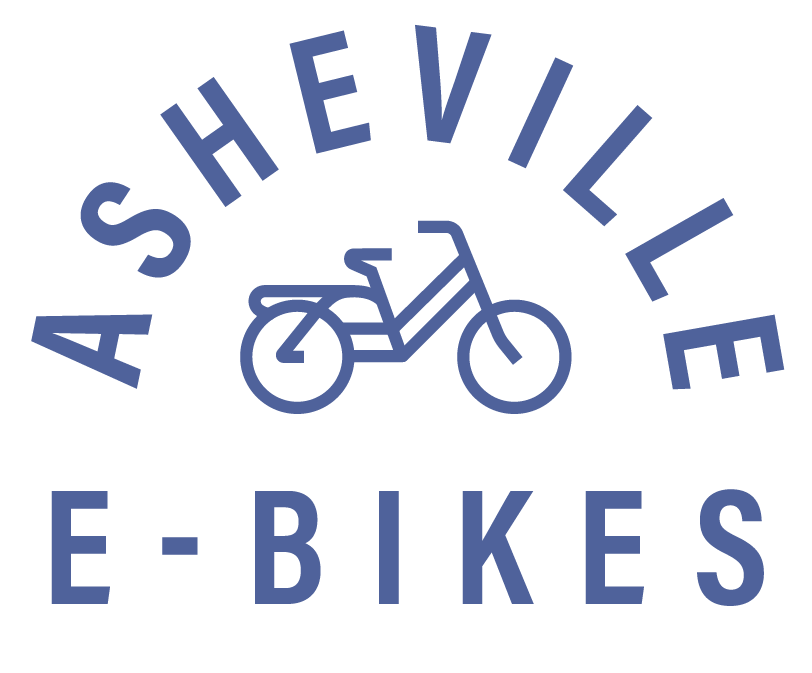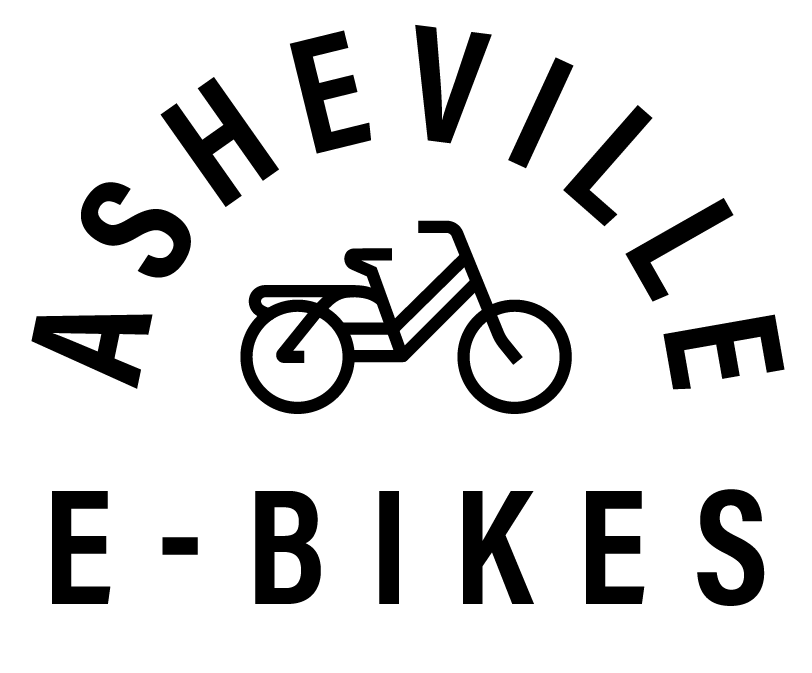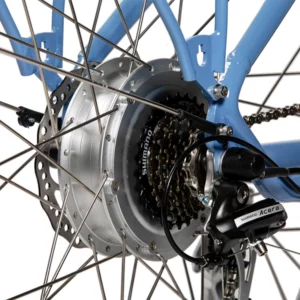How Do Electric Bike Rear Hub Motors Work?
What is a Rear Hub Motor?
Components of a rear hub motor include the motor casing, stator (the stationary part), rotor (the rotating part), bearings, and in some cases, an integrated motor controller. The motor casing houses all the components and attaches to the bike frame via the rear wheel axle.
There are two main types of rear hub motors: geared and direct-drive. Geared hub motors use a system of planetary gears to reduce the motor’s speed, allowing for a smaller and lighter motor with increased torque.
In contrast, direct-drive hub motors don’t have gears and rely on the motor’s high-speed rotation to directly power the wheel. Direct-drive motors tend to be larger, heavier, and more durable but may have less torque than geared motors.
When comparing rear hub motors to other types of e-bike motors, such as mid-drive motors, it’s essential to consider their unique advantages and disadvantages.
Mid-drive motors are positioned at the bike’s center, near the pedals, and utilize the bike’s chain and gears to power the bike. While mid-drive motors offer better weight distribution, more efficient power usage, and superior hill-climbing abilities, they are generally more expensive, require more maintenance, and can be noisier than rear hub motors.
Ultimately, the choice between rear hub and mid-drive motors will depend on your specific needs, budget, and riding preferences.
How Do Rear Hub MOtors Work?
Rear hub motors operate on the fundamental principle of converting electrical energy into mechanical energy to propel an e-bike. This conversion is made possible through the interaction of magnets and electromagnets, which create a rotational force, or torque, that powers the wheel.
Let’s take a closer look at the process:
Powering the Motor: The e-bike’s battery supplies electrical energy to the motor. The capacity and voltage of the battery determine the motor’s overall power output and range.
Motor Controller: The motor controller regulates the flow of electrical current from the battery to the motor, dictating the motor’s speed and torque. The controller also interprets signals from various sensors, such as speed and torque sensors, to adjust the motor’s power delivery according to the rider’s input and riding conditions.
Magnets and Electromagnets: The rear hub motor contains permanent magnets, typically arranged around the rotor, and electromagnets in the stator. When electrical current flows through the electromagnets, they generate a magnetic field. The interaction between the magnetic fields of the permanent magnets and the electromagnets creates a force that pushes and pulls the rotor, causing it to rotate.
Sensors: Modern e-bikes utilize sensors to enhance the riding experience by ensuring a smooth and responsive power delivery. Torque sensors measure the amount of force applied to the pedals and adjust the motor’s output accordingly, providing a natural, bike-like feel. Speed sensors track the e-bike’s speed and help the motor controller regulate power delivery to maintain a consistent and safe speed.
By combining these elements, rear hub motors provide a seamless and efficient means of propelling an e-bike. The rider’s pedaling effort is complemented by the motor’s power, resulting in a more comfortable and enjoyable cycling experience, particularly when tackling headwinds or steep inclines.
Advantages Of Rear Hub Motors
Rear hub motors have gained popularity among e-bike enthusiasts for several reasons. Let’s explore some of the key advantages they offer:
Simplicity: Rear hub motors have fewer moving parts compared to mid-drive motors, resulting in less maintenance and easier installation. Since they don’t rely on the bike’s chain and gears to transmit power, wear and tear on the drivetrain is minimized, extending its lifespan.
Cost-effective: Generally, rear hub motors are more affordable than mid-drive motors, making them an attractive option for budget-conscious riders or those new to e-bikes. Lower costs can also translate to more accessible e-bike models, expanding the appeal of electric cycling to a wider audience.
Stealth: Rear hub motors are often quieter in operation than mid-drive motors, providing a more discreet and less intrusive riding experience. Additionally, their integration into the rear wheel hub makes them less noticeable, preserving the traditional appearance of a bicycle.
Better for flat terrain and commuting: Rear hub motors perform well on flat terrain and are particularly suitable for urban commuting. Their direct power delivery to the rear wheel allows for consistent and efficient performance in stop-and-go traffic or when navigating through crowded city streets.
While rear hub motors offer several benefits, it’s essential to consider their limitations as well. Weighing the pros and cons of rear hub motors against other motor types will help you make an informed decision when choosing the right e-bike for your needs.
disadvantages of rear hub motors
Despite their numerous benefits, rear hub motors do have some drawbacks. Being aware of these limitations can help you make an educated decision when choosing an e-bike.
Less efficient on steep hills and rough terrain: Rear hub motors may struggle on steep inclines and rough terrain compared to mid-drive motors. Mid-drive motors leverage the bike’s gears, allowing them to provide more torque and efficiently transfer power to the wheel, making them better suited for hill climbing and off-road adventures.
Increased unsprung weight: With the motor’s weight located in the rear wheel, rear hub motors add unsprung weight to the bike, which can negatively impact suspension performance. This added weight may result in reduced traction and diminished handling, particularly on uneven surfaces or when cornering at high speeds.
More challenging to change a flat tire: Having the motor integrated into the rear wheel hub can make changing a flat tire more complicated and time-consuming compared to a regular bike or an e-bike with a mid-drive motor.
Less balanced weight distribution: Rear hub motors concentrate additional weight at the rear of the bike, which can affect the overall balance and handling. In contrast, mid-drive motors distribute the weight more evenly, providing a more stable and agile ride.
It’s essential to consider both the advantages and disadvantages of rear hub motors when choosing an e-bike. Keep in mind that the right motor type will depend on your specific needs, budget, and intended use.
Wrap up
Rear hub electric bike motors offer several advantages, including simplicity, cost-effectiveness, stealth, and suitability for flat terrain and commuting. However, they do have some limitations, such as reduced efficiency on steep hills and rough terrain, increased unsprung weight, more challenging flat tire changes, and less balanced weight distribution.
When choosing the right e-bike for your needs, it’s crucial to consider both the advantages and disadvantages of rear hub motors, as well as other motor types like mid-drive motors. Your specific requirements, budget, and intended use will ultimately determine the best motor option for you. We encourage you to test ride various e-bikes to get a better understanding of how each motor type performs and find the perfect fit for your cycling needs.
At Asheville E-Bikes, all of our electric bikes are equipped with rear hub motors. We find they are the best solution for our rental fleet, and provide plenty of smooth power to climb any hill we find! If you’d like to experience a powerful rear hub motor for your self, rent an electric bike from us!




